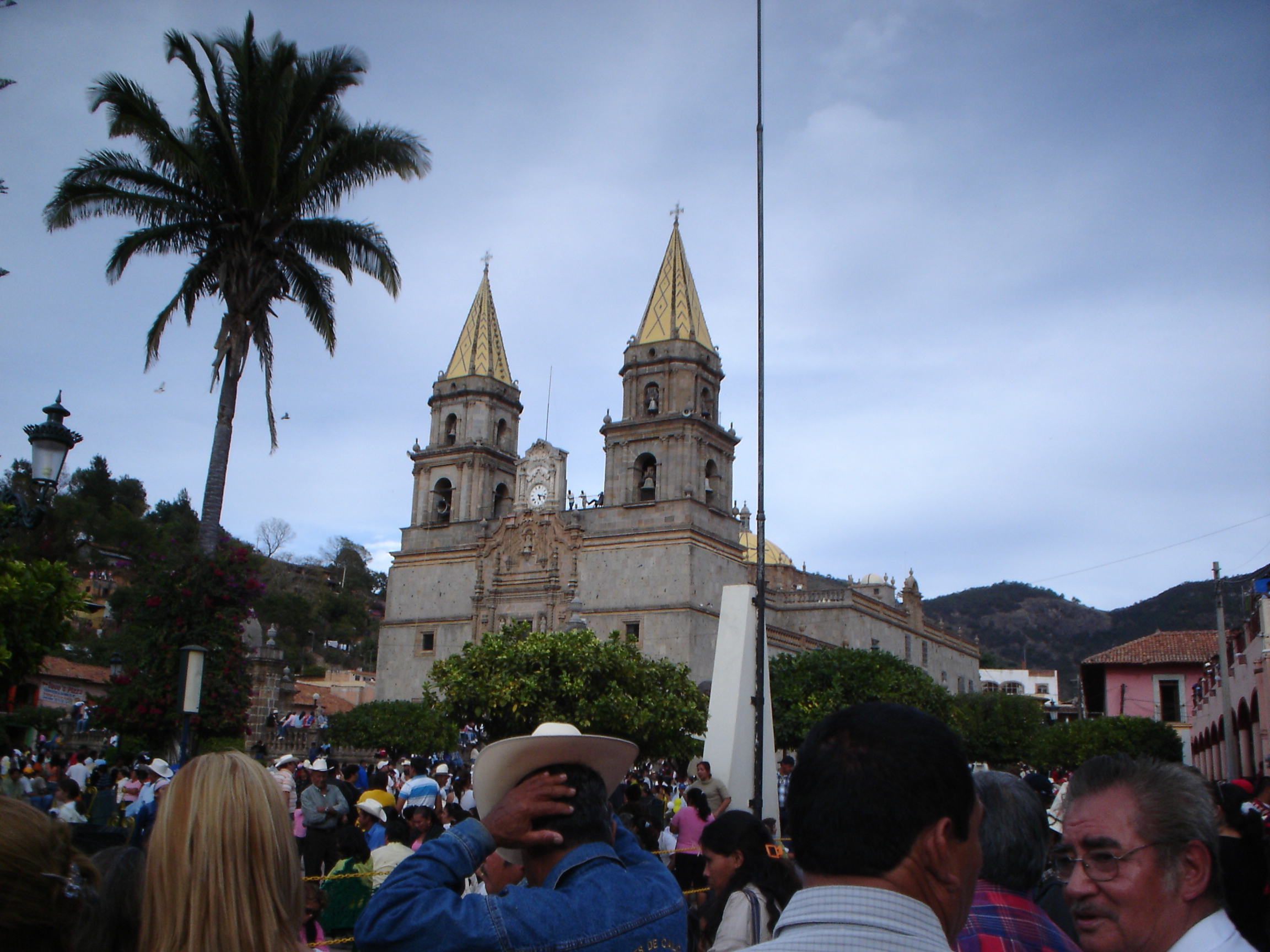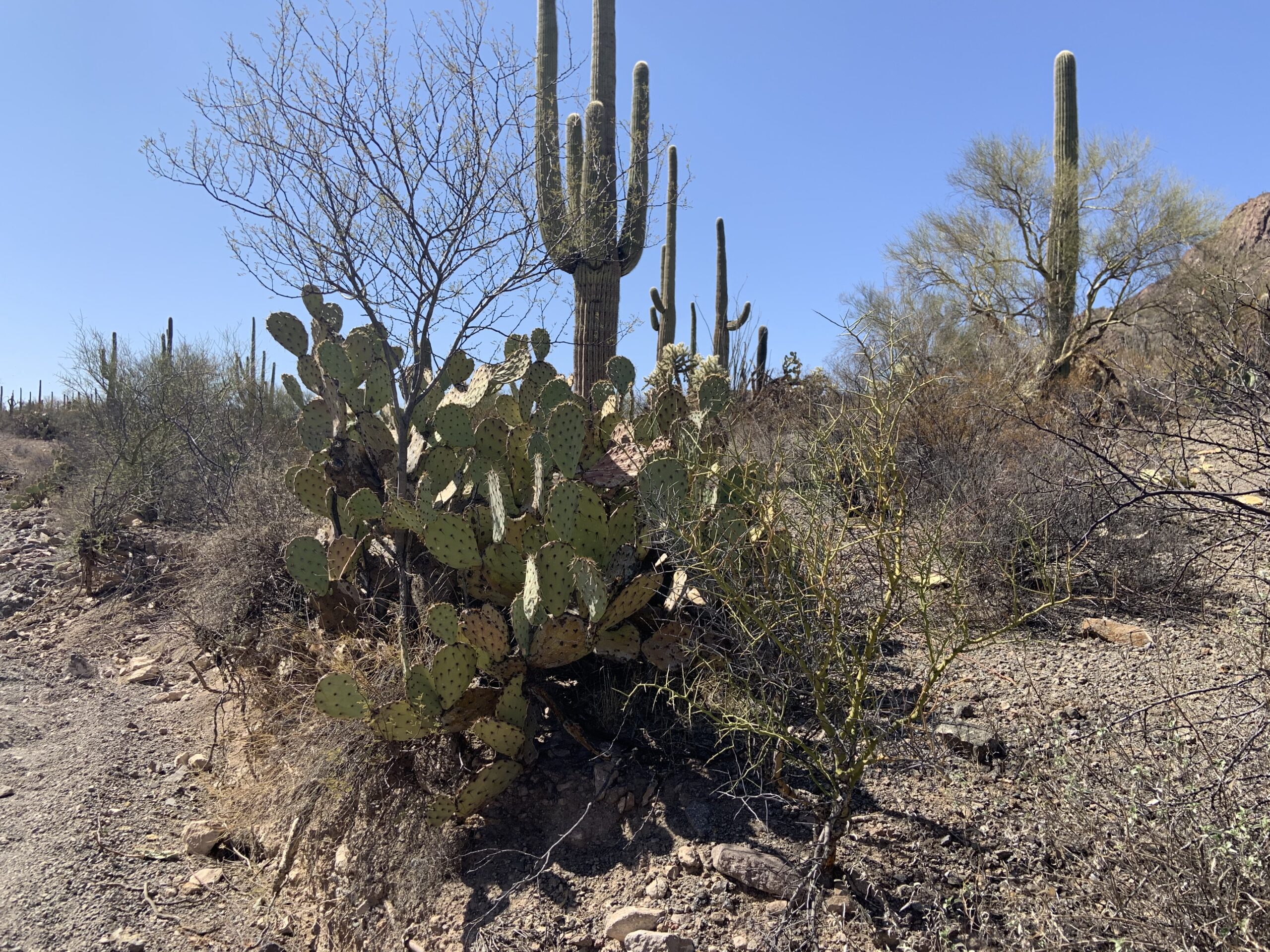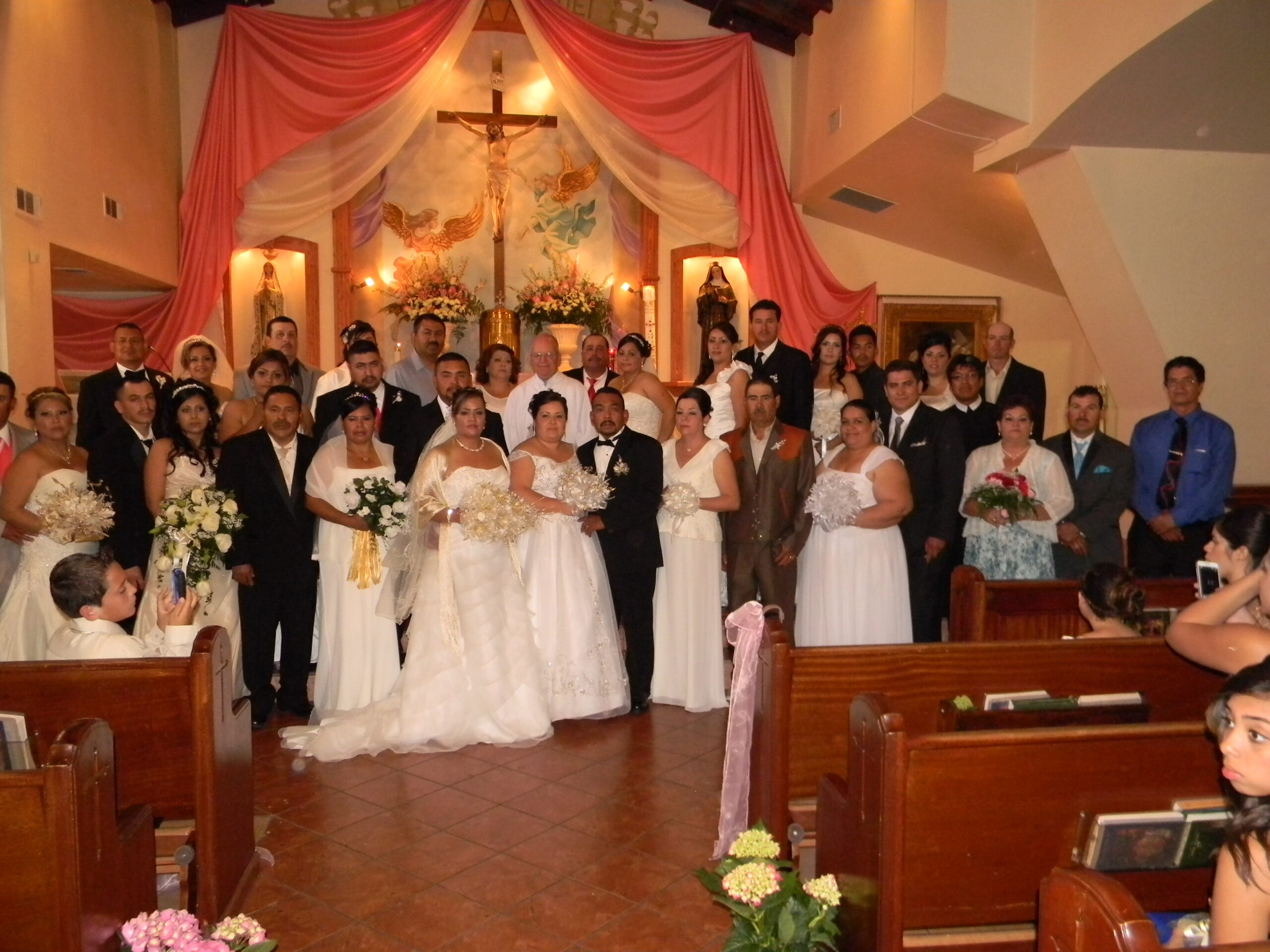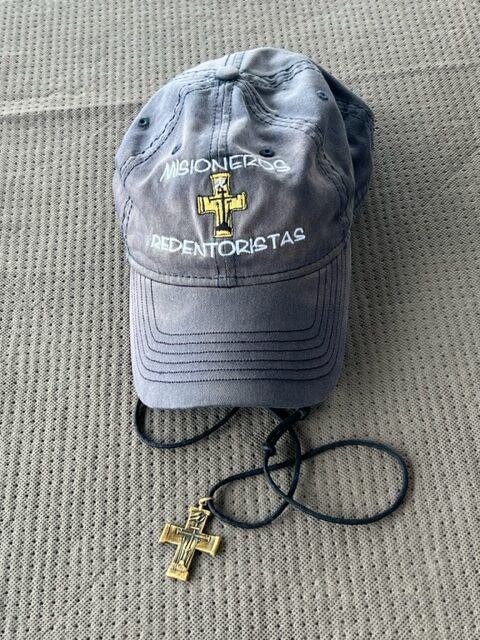“Qué viva Cristo Rey” – “Long Live Christ the King”
“Qué viva Cristo Rey”
He tenido el privilegio de celebrar misa varias veces en el Santuario de Nuestra Señora del Rosario en Talpa de Allende, Jalisco. Cuatro veces he ido allí en peregrinación para la Fiesta de la Presentación de Jesús. Nuestra peregrinación consiste en caminar seis días, casi 100 millas. Cada día de la caminata, la Misa termina con alegría, “Que viva Cristo Rey”.
En mi primera visita a Talpa, el P. Chilo, el rector del santuario me dijo que terminara la misa con tres gritos; “Que viva la Virgen” para Nuestra Señora de Guadalupe. “Que viva Nuestra Señora del Rosario” para la patrona del santuario, y “Qué viva Cristo Rey”. Explicó que la Virgen María siempre nos lleva a su hijo, Jesús. Entonces, clamamos por la Virgen, pero siempre terminamos con Cristo. Además, el título de Cristo Rey tiene un significado especial para la gente de la región del santuario. El estado de Jalisco fue uno de los estados que más sufrió durante la Cristiada.
El Papa Juan Pablo II canonizó a 25 mártires de la Cristiada en 2000. Otros fueron beatificados y canonizados por los Papas Benedicto XVI y Francisco. El período de los mártires mexicanos es entre 1927 y 1929. La película “Cristiada” (2012) dio a conocer la persecución de la Iglesia en México. La película retrata el período de mayor violencia, pero la guerra siguió a muchos años de lucha en la relación del Estado y la Iglesia. La relación del gobierno mexicano y la Iglesia Católica es una historia complicada.
En la década de 1850, el gobierno mexicano de Benito Juárez instituyó reformas que declararon que todas las iglesias en México eran propiedad del gobierno federal. Prohibió la expresión religiosa, incluido el uso de ropa clerical en público. La confiscación de tierras de la iglesia y la supresión de la expresión religiosa se aplicaron de manera inconsistente durante muchos años, pero la tensión entre el estado y la iglesia llegó a un punto crítico en el gobierno de Plutarco Calles.
Cuando el Papa Pío XI instituyó la fiesta de Cristo Rey con la encíclica Quas Primas, en 1925, identificó el nacionalismo y el secularismo como desafíos para la paz y la estabilidad mundial. En nuestro tiempo en los Estados Unidos, el nacionalismo y el secularismo parecen ser filosofías opuestas, pero en México, de 1850 a 1927, se unieron en un gobierno que colocó al estado en contra de la libertad de expresión religiosa. Los movimientos católicos protestaron por la opresión durante esos años. Uno de los líderes de estas protestas fue el beato Anacleto González Flores, teólogo laico y pacifista.
El presidente Plutarco Calles llegó al poder en 1924. Fue extremo en su anticlericalismo y anticatolicismo. Su opresión de la Iglesia condujo a la violencia. Muchos de los seguidores del Beato Anacleto no pudieron permanecer pasivos.. El 31 de julio de 1926, el gobierno mexicano declaró la eliminación de toda expresión religiosa. No se celebrarían misas, bautismos, matrimonios, peregrinaciones y fiestas religiosas. Algunos sacerdotes celebraban misas y sacramentos en secreto. Algunos fueron arrestados, encarcelados y ejecutados. En sus últimos momentos, muchos gritaron: “Que viva Cristo Rey”.
En muchas iglesias este domingo, en misas en español, se escuchará el grito, “Que viva Cristo Rey”.
(Santos de la Cristiada)
(Si tienes observaciones o preguntas para Padre Migrante, envían las a padremigrante@gmail.com)
“Long Live Christ the King”
I have had the privilege of celebrating Mass several times at the Shrine of Our Lady of the Rosary in Talpa de Allende, Jalisco. Four times I have gone there on pilgrimage for the Feast of the Presentation of Jesus. Our pilgrimage consists of walking for six days, nearly 100 miles. Each day of the pilgrimage, Mass ends with the cheer, “Que viva Cristo Rey,” Long Live Christ the King.
On my first visit to Talpa, Fr. Chilo, the rector of the shrine told me to end Mass with three gritos (cheers); “Que viva la Virgen” for Our Lady of Guadalupe. “Que viva Nuestra Señora del Rosario” for the patroness of the shrine, and “Qué viva Cristo Rey.” He explained that the Virgin Mary always leads us to her son, Jesus. So, we cry out for the Virgin, but we always end in Christ. Also, the title of Christ the King has special meaning for the people in the region of the shrine. The state of Jalisco was among the states that suffered most during the Cristiada.
Pope John Paul II canonized 25 martyrs of the Cristiada in 2000. Others were beatified and canonized by Popes Benedict XVI and Francis. The period of the Mexican martyrs is between 1927 and 1929. The movie, “For Greater Glory,” (2012) raised awareness of the persecution of the Church in Mexico. The movie portrays the period of the most violence, but the war followed many years of struggle in the relationship of the state and the Church. The relationship of the Mexican government and the Catholic Church is a complicated story.
In the 1850’s, the Mexican government under Benito Juarez instituted reforms that declared that all of the churches in Mexico were property of the federal government. It forbade religious expression including the wearing of clerical garb in public. The confiscation of church lands and suppression of religious expression were inconsistently enforced for many years, but the tension between state and church came to a head in the government of Plutarco Calles.
When Pope Pius XI instituted the Feast of Christ the King with the encyclical, Quas Primas, in 1925, he identified nationalism and secularism as challenges to world peace and stability. In our time in the United States, nationalism and secularism appear to be opposing philosophies, but in Mexico, from 1850 to 1927, they came together in a government that placed the state against freedom of religious expression. Catholic movements protested the oppression during those years. One of the leaders of these protests was Blessed Anacleto González Flores, a lay theologian and pacifist.
President Plutarco Calles came to power in 1924. He was extreme in his anticlericalism and anticatholicism. His oppression of the Church led to violence. Many of the followers of Blessed Anacleto could not remain passive. On July 31, 1926, the Mexican government declared the elimination of all religious expression. There were to be no celebration of Mass, baptisms, marriages, pilgrimages and religious feasts. Some priests celebrated Masses and sacraments in secret. Some were arrested, imprisoned and executed. In their dying moments, many shouted, “Que viva Cristo Rey.”
In many churches this Sunday, at Masses in Spanish, the cry will be heard, “Que viva Cristo Rey.”
(Saints of the Cristiada)
(If you want Padre Migrante to respond to your concerns or questions, write to: padremigrante@gmail.com)
Oh Jesús, tú nos llamas: “Síganme”. Bendice, Señor, a todos los que acogen tu llamado. Puede que el camino no sea fácil, pero tenemos la confianza de que todo es posible si caminamos contigo. Que este viaje nos abra los ojos a las maravillas de tu amor por nosotros. Oramos por toda tu gente, por todos los creyentes e incrédulos, por los líderes y seguidores. Oramos por la sanación, el perdón, la compasión, la justicia y la paz. Oramos para que, al seguirte, nosotros también podamos ser pescadores de hombres. Bendícenos en nuestro viaje.
O Jesus, you call us, “Come after me.” Bless, O Lord, all who welcome your call. The path may not be easy, but we have confidence that all things are possible if we walk with you. May this journey, open our eyes to the wonders of your love for us. We pray for all your people, for all believers and unbelievers, for leaders and followers. We pray for healing, for forgiveness, for compassion, for justice, for peace. We pray that as we follow you, we too can be fishers of men. Bless us on our journey.




